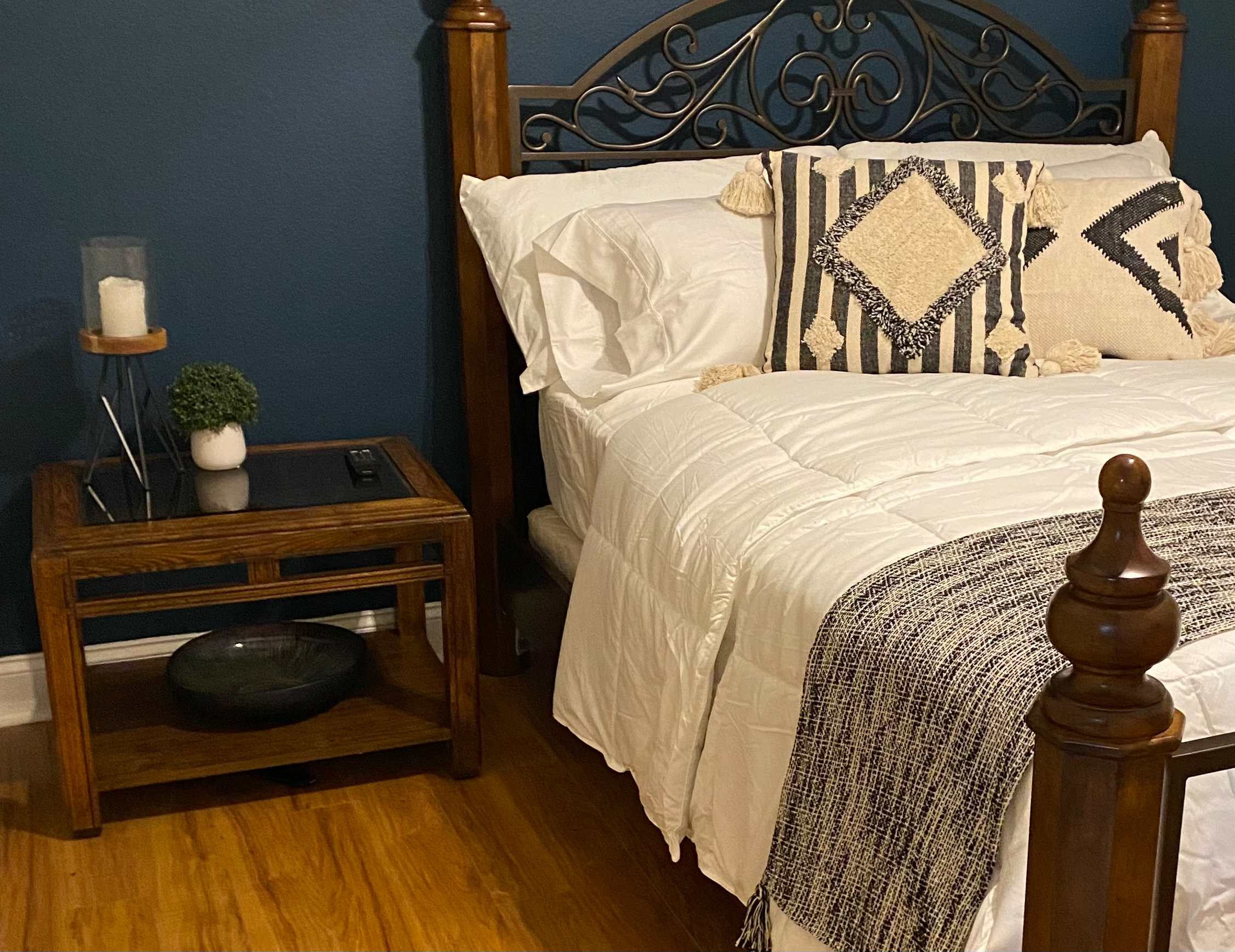




Interior Design
Staying on trend in interior design is an exciting and dynamic process that balances creativity with practicality. Interior design trends shift with the seasons, influenced by global events, technological advances, and cultural shifts. For clients looking to keep their spaces updated and in style, the journey begins by understanding what trends resonate with their personal tastes. Trends in 2024, for instance, are all about sustainable materials, warm earth tones, and multifunctional spaces. Incorporating these trends is about more than just picking out new items; it’s about crafting an environment that feels both fresh and timeless, ensuring the design remains stylish even as new trends emerge.
The initial meeting with a client sets the foundation for the entire project. During this session, the designer listens closely to the client’s vision, preferred styles, and lifestyle needs, and also takes note of existing pieces the client wants to keep. This is a collaborative phase where mood boards, fabric swatches, and color palettes are introduced. A successful first meeting is one where the client feels their personality and taste are fully understood. From there, the designer drafts a concept and presents options that align with both the client’s preferences and current trends. This careful planning ensures a cohesive design that seamlessly blends the client’s tastes with today’s design inspirations.
Once the design direction is approved, the designer moves into the sourcing and shopping phase. This step is where creativity really comes to life. Armed with a list of carefully curated items, the designer explores furniture stores, artisan shops, and online marketplaces, sourcing items that fit the vision. Staying on trend requires familiarity with the latest offerings in the design world, from innovative lighting to eco-friendly fabrics. Designers often visit trade shows and stay in touch with suppliers to access the freshest, trendiest pieces, and if necessary, they commission custom pieces to ensure the final look is unique.
After the shopping phase, it’s time to bring everything together on installation day. This is the part of the process where vision meets reality. Designers oversee everything, from furniture placement to final touches with decor. Details like arranging artwork, adding throw pillows, and placing houseplants are what make the space feel personal and polished. A well-planned design installation day often ends with a beautiful reveal that leaves clients excited about their refreshed and stylish space. The finished room should reflect the client’s taste while subtly incorporating contemporary trends, creating a space that feels both current and personal.
IN CONCLUSION
Finally, interior design is an evolving process that doesn’t necessarily end once the project is complete. A good designer will check in with clients over time, helping them adapt as trends shift and their needs change. This long-term relationship allows clients to stay on trend without constant overhauls, making adjustments with small touches like updated decor, fresh colors, or new textiles. This ongoing approach to interior design means clients can enjoy a beautiful, functional, and ever-stylish space that evolves with them over time.






